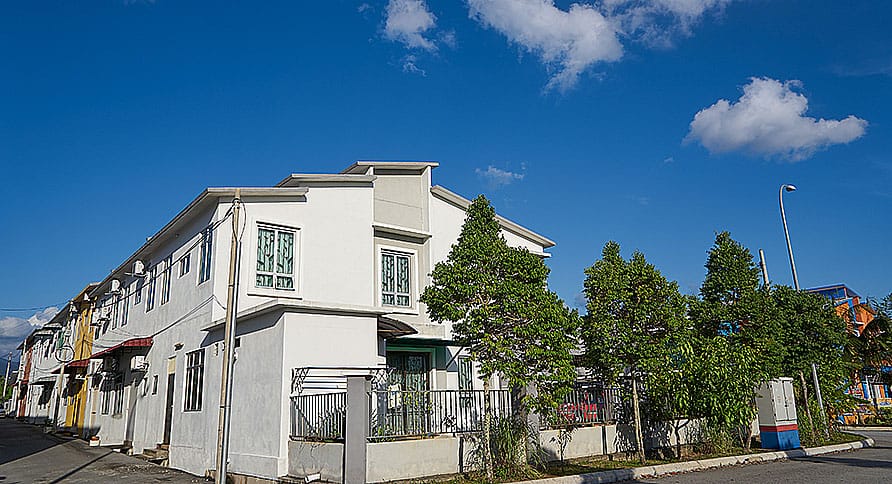Tree transplanting allows homeowners to uproot and shift their plants to a new location. As exciting as it may seem, there are some serious risks involved as well. In this blog, we are going to discuss whether tree transplanting is possible and how tree services carry out the process.
Moving Mature Trees
When it comes to moving mature trees, you have to look after the roots as they can become easily damaged during the process, not allowing the tree to grow back. This is why mature trees, when compared to relatively young ones, are difficult to move.
Apart from the weight, the roots need to be properly covered to avoid contact with the air. The longer the roots are exposed to the air, the more the chances of the tree ending up dead. Additionally, a tree loses a significant portion of its roots during the process. Therefore, the key lies in allowing the tree to grow some roots so that they can travel with the tree to a new location.
Underground Space
The next factor you need to keep in mind is the underground space. You will have to dig two holes: one for the existing tree and the other for the new location. Make sure that you measure the dimensions properly as the tree needs to sit in place. If you are moving a big tree, you will need a sufficient amount of time to dig the new hole. This means that you cannot begin digging a new hole while the tree has been uprooted.
If you intend to dig a new hole on your own, make sure that you measure the tree from all dimensions. However, this will also depend on the age of the tree, soil type, and species, etc. And, if you find the process overwhelming or have not performed it before, it is better to pay someone for the service. This will ensure that your tree sits properly in the new hole.
Storage
If the plan is to uproot the tree and move it to a new location after several months, you should organize appropriate storage for it. Trees cannot simply be left out in the open as mentioned earlier. You will need to cover or box them ensuring that the roots are properly secured.
Plus, it’s favorable for the tree if you dig it up and store it for 6+ months instead of a few weeks. Longer storage time allows the tree to grow new feeder roots and absorb water and nutrients.
Access
While storage and digging a new hole is one thing, access is another. If you are moving a smaller tree, you shouldn’t have a problem shifting it. However, if you are moving a mature tree, then you need to ensure that the location provides sufficient horizontal and vertical clearances.
You can move smaller trees using tree spades, which is a device designed to dig out the tree, make a new hole and transport the tree as well. Larger trees will require wrapping, digging, or boxing before transporting them via truck. Furthermore, depending on the transportation method, trees can be moved either vertically, horizontally, or tilted. This is done in an attempt to follow the traffic rules & regulations.
Aesthetic Changes
A successful tree transplanting is a tree that survives. In some cases, the tree may not look the way it used to before. Due to the transplant shock, some trees may die or lose vitality. As a result, the tree will need to be pruned so that it is made fit enough to be transported.
At the same time, a newly transplanted tree will take time to develop its roots. Therefore, it might shed leaves and will restart the regeneration process after a while. The regeneration process depends on the season as well. A tree that grows in autumn will have a hard time growing at its normal pace in the winters.
Final Word
Tree transplantation is a difficult process especially in the case of big trees. You have to carefully consider the dimensions, storage, and installing procedures. If the process is complicated, do not hesitate to spend some money that ensures less risk and better safety of the tree itself. Moreover, this process must be performed by certified arborist services MD only.


